Description
This sculpture adaptation, The Witches’ Kitchen, from Bosch’s Last Judgment painting is taken from the central panel on the left side which illustrates a diabolic tavern. People are being cooked, smoked, put through mincing machines, squeezed, fried and roasted on the spit. In this witches’ kitchen, sinners are subjected to the ‘Judicium Extremum’ of the Supreme Judge. The punishment reflects the nature of the sins committed, in this case indulgence and gluttony. ABOUT THE ARTWORK: THE LAST JUDGEMENT Hieronymus Bosch warns us against the consequences of a life of sin. The downfall of the rebellious angels on the left panel heralds the beginning of the end. Further, one sees the chosen few in heaven, with below them the vast remainder who will have to undergo the most horrendous tortures on Judgement Day. Saint Jacob of Compostella and the Holy Bavo adorn the closed panels. ABOUT THE ART PERIOD: From an artistic point of view, the world famous brilliant forerunner of surrealism was, in his day, unique and radically different. Hieronymus (Jeroen forschort) Bosch was born (ca. 1450-1516) during the transition from the Middle Ages to the Renaissance in s-Hertogenbosch, in the Duchy of Brabant. Bosch places visionary images in a hostile world full of mysticism, with the conviction that the human being, due to its own stupidity and sinfulness has become prey to the devil himself. He holds a mirror to the world with his cerebral irony and magical symbolism, sparing no one. He aims his mocking arrows equally well at the hypocrisy of the clergy as the extravagance of the nobility and the immorality of the people. Hieronymus Boschs style arises from the tradition of the book illuminations (manuscript illustrations from the Middle Ages). The caricature representation of evil tones down its terrifying implications, but also serves as a defiant warning with a theological basis.

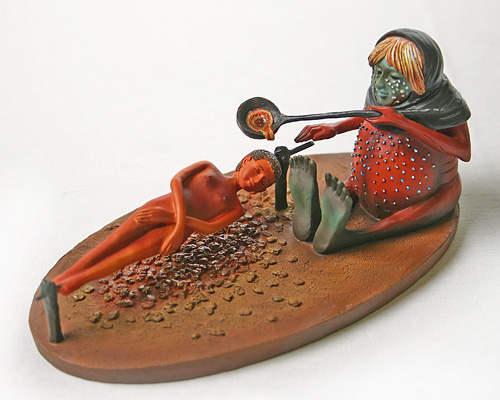
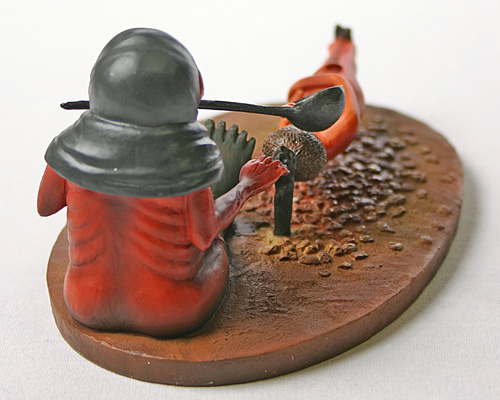
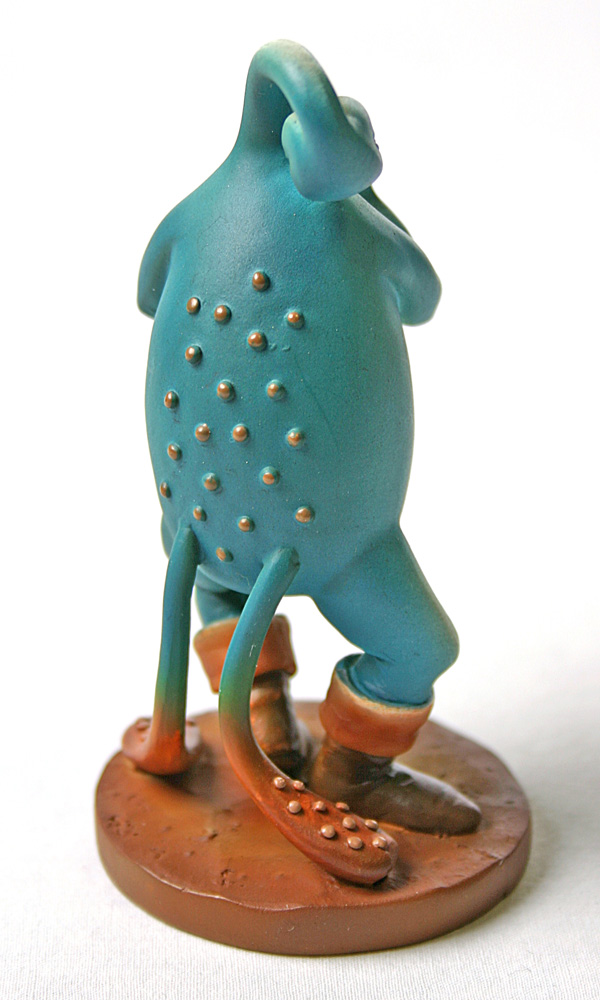
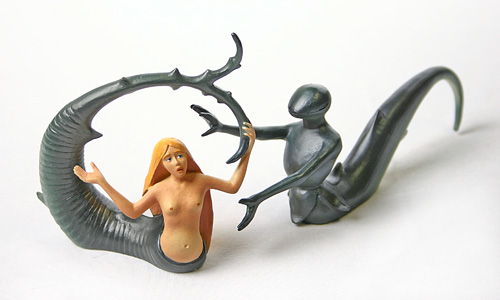
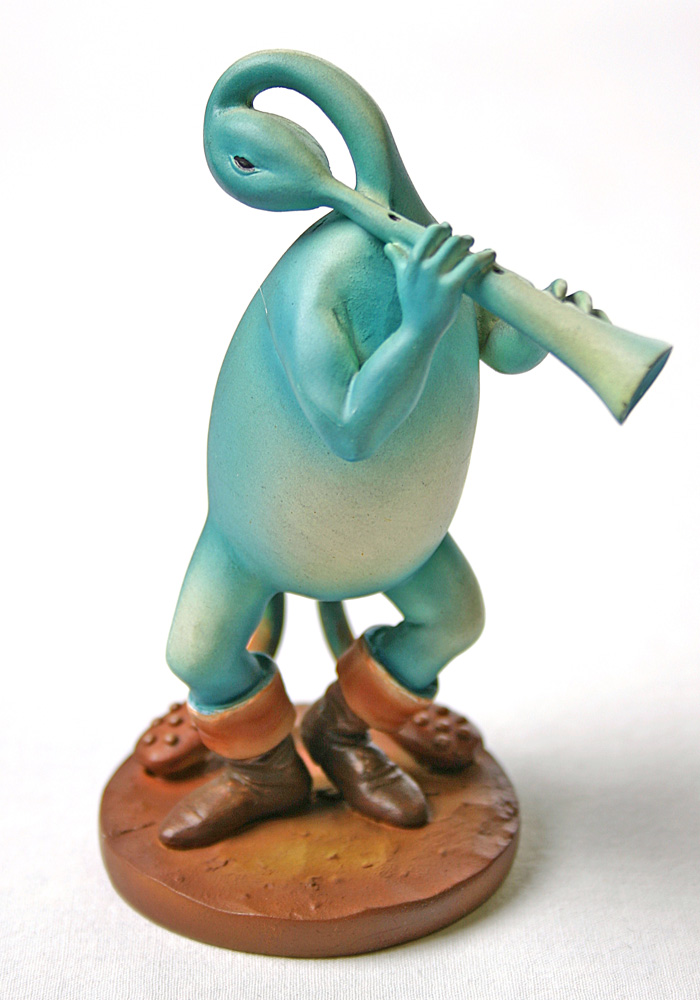
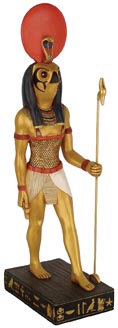
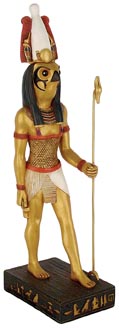
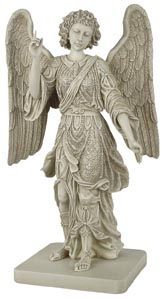
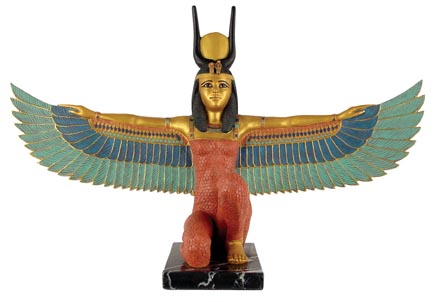
Reviews
There are no reviews yet.